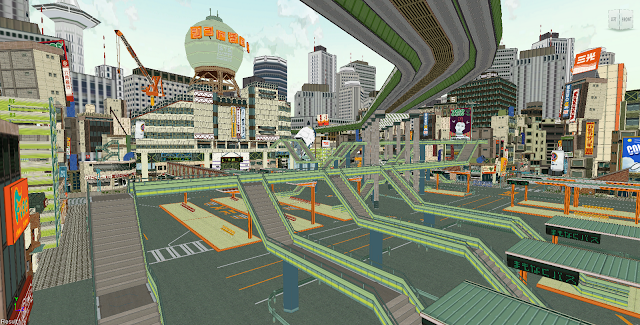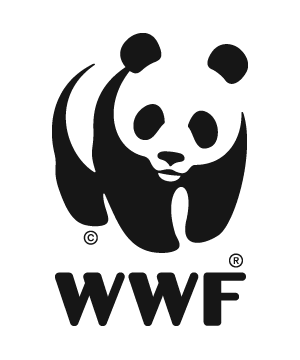Stillness
Arrested Motion
Even though the image is still, you know, based on the positioning of his legs and arms that if were were to play this picture as if it were a video paused hat the character would be moving away from us in a hurried manner showing Arrested Motion
Repeated Figure

This photo of birds with a long exposure time is a great example of repeated figures which is showing the object multiple times in an implied direction to show motion.
Cropped Figure

Even though you can't see his feet, you know by the way his knee is raised and the his lean that his is moving. That shows how cropped figures can show motion.
Blurred Outlines
While these lines aren't blurred, they are cut in a way to imply motion through his outline stretching.
Value
Value Contrasts
Ignoring the chair, you can see that the different shades of black and white come together to create a group photo of the policemen.
Value Pattern
A repetition of shades in uniform to make a pattern
Value Emphasis
The higher value in most of the picture draws your eye to the one area that's not so dark which is the sky.
Chiaroscuro
This picture demonstrates chiaroscuro very well in that you can see the right side of the hand is significantly lighter than the left side showing that it is in more light. You can also see how each finger is individually shaded so there is a repeating pattern of light and dark as your eyes scan over them.
Shading
This shows the same person with different amounts of shading in different parts of her face to demonstrate the effects a light source from different angles can not only create depth but can change the color something appears to be.





















